« Sport Mode Provides Number of Performance-Enhancing Advantages
Financing with a Low Credit Score is Possible at Zimbrick »
Jun 29, 2018
In the past, it was necessary to keep a tire gauge handy, so that you could periodically check the pressure of your tires. Thanks to advances in technology, however, checking the pressure and keeping the tires filled to the proper pressure is now easier than ever before. Your vehicle can tell you when the tires need air, but that doesn’t mean that you should always rely on that technology. To give you a better idea of how often you should be checking and filling your car tires, let’s dive a bit deeper into tire air pressure.
The air pressure in your tires can change drastically depending on the temperature outside. They see the most fluctuation in winter, as the cold temperatures can cause the pressure to drop by as much as five pounds-per-square-inch (PSI). Considering that most tires recommend a PSI between 30 and 40, losing as much as five PSI can be pretty drastic, and if the pressure is not corrected, it can lead to some major issues.
As the seasons have such an effect on the pressure of your tires, how often you’re checking the pressure ultimately depends on the season. For that reason, let’s break things down into both winter and summer.
Given that tire pressure fluctuates so often in the winter, you should be checking the pressure of your tires at least once a month. If your car is equipped with a Tire Pressure Monitoring System (TPMS), you can rest easy, as the warning light will turn on if one or more of the tires ever drop below the pressure that they should be at. Still, it’s important to check at least once a month, as the tires could be at an acceptable pressure, but one that is just slightly above the recommendation.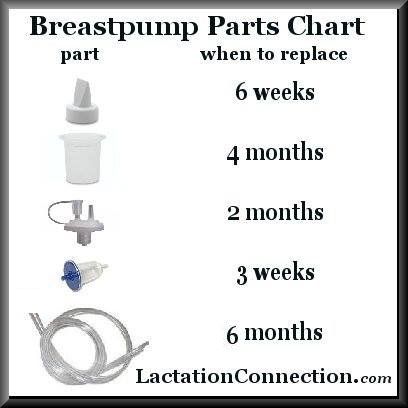 It’s definitely best to check.
It’s definitely best to check.
The summer heat can cause the air in your tires to expand, but it does not have as much of an impact as the cold temperatures of winter. Still, the recommendation for checking tire pressure is still once a month. A good rule of thumb to remember is that your tires lose about one PSI every month after you fill them, so checking every month can help you to ensure that they are always inflated to the proper pressure. You won’t see quite as many tire pressure warning lights in summer, but you should still be checking often.
Here at Zimbrick, we have several service centers in the Madison, Middleton and Sun Prairie areas, and if you have been looking for a place to check your tire pressure, and to have your tires filled, you can do so at any one of our locations. Even better is that you don’t ever need an appointment for the service. Just swing by any one of our service centers or body shops and let the team know what you’re looking for. They can get the pressure of each tire and top them off if at all necessary. We hope to see you in soon.
Just swing by any one of our service centers or body shops and let the team know what you’re looking for. They can get the pressure of each tire and top them off if at all necessary. We hope to see you in soon.
Tags: How-To
Posted in
Helpful Tips |
No Comments »
As a vehicle owner, you must be aware of your vehicle’s required basic maintenance services. For example, having a properly inflated tire will provide you with more benefits in the long run. However, as with any vehicle maintenance, knowing when to inflate and when not to inflate your tires is essential.
So, how often should you inflate your tires? Most manufacturers recommend having it done once a month because your tire loses approximately one per square inch per month, and it may lose more depending on the weather. In addition, it’s a good idea to check your tires whenever you stop at a gas station for a refill. To determine whether your tires require additional air, you must also consider the tire pressure and the weight of the cargo carried by your vehicle.
In addition, it’s a good idea to check your tires whenever you stop at a gas station for a refill. To determine whether your tires require additional air, you must also consider the tire pressure and the weight of the cargo carried by your vehicle.
There are several factors to consider when keeping your tires properly inflated. When inflating your tires, most manufacturers recommend a specific pressure. Unlike in the past, you must carry your car’s tire to detect low air; however, technology makes things easier in today’s generation.
There has been an advancement in automobile technology that allows you to easily keep track of the pressure in your vehicle’s tires. However, you are aware that your vehicle can quickly notify you when a tire requires air. In fact, you need not rely solely on technology.
This article will provide you with all of the information you need to know about proper tire inflation. It will tell you how often your car tires need to be filled with air, how to do it, and what causes them to go flat.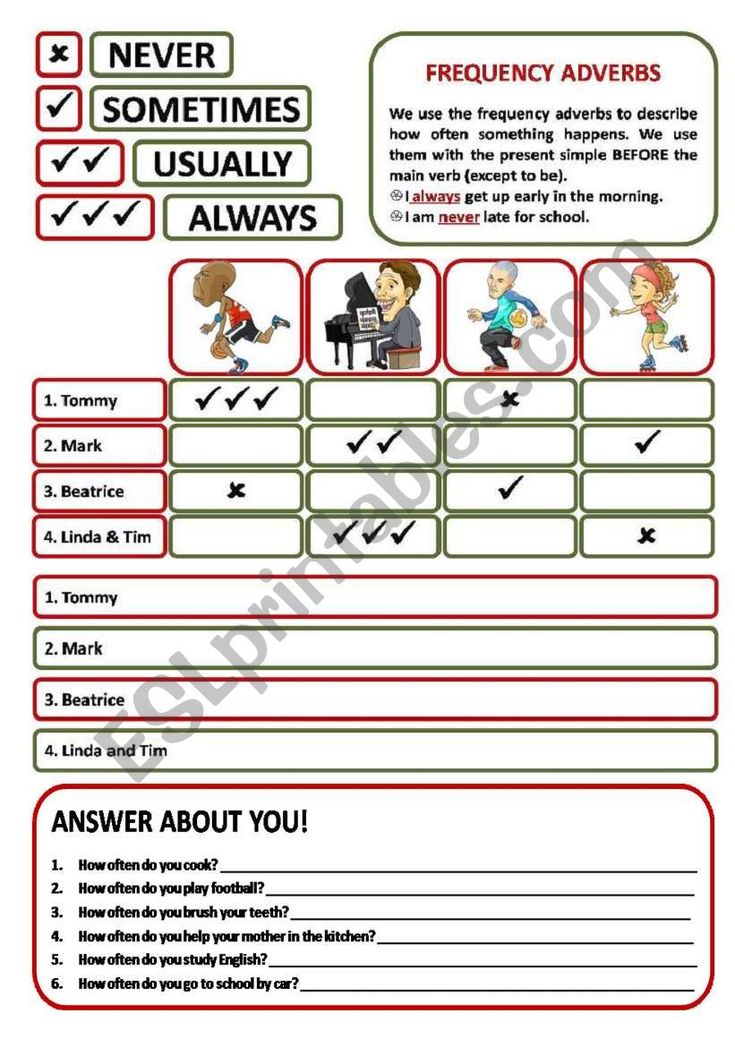
Table of Contents
The volume of air in your vehicle’s tires is determined by a variety of factors, including driving style, tire size, and load on the tires. The recommended tire inflation pressure is frequently mentioned on the door jam or in the glove box by automobile manufacturers. However, a change in tire brand or type can frequently confuse you as to how frequently you should put air in your vehicle’s tires.
The tire pressure is another critical factor that determines how frequently you need to fill the air in your car tires. The tire pressure in the front tire may differ from that in the rear tires. Therefore, experts advise you to add some extra pressure, which will enhance your car’s gas mileage by significantly reducing the ride quality of the tires.
Therefore, experts are critical to understanding that tire pressure will fluctuate over time. The temperature change has an effect on tire pressure as well. If you don’t check your tire pressure on a regular basis, you might get a puncture at an inconvenient time and find yourself in a difficult situation.
If you don’t check your tire pressure on a regular basis, you might get a puncture at an inconvenient time and find yourself in a difficult situation.
Yes, if the need arises, you should inflate your tires on a regular basis. However, keep in mind that under-inflated tires can overheat and wear unevenly, while over-inflated tires can blow out. As a result, you must be vigilant in inspecting the condition of your tires, taking into account a variety of factors that may have an impact on them.
You must ensure that your tires are checked on a regular basis. Some experts recommend checking the air pressure every time you refuel. However, some would say once a month is adequate.
Your vehicle’s tire pressure monitoring mechanism measures the amount of air in your tires to tell you if they are properly inflated. If it falls below a certain level, it is time to inflate your tire.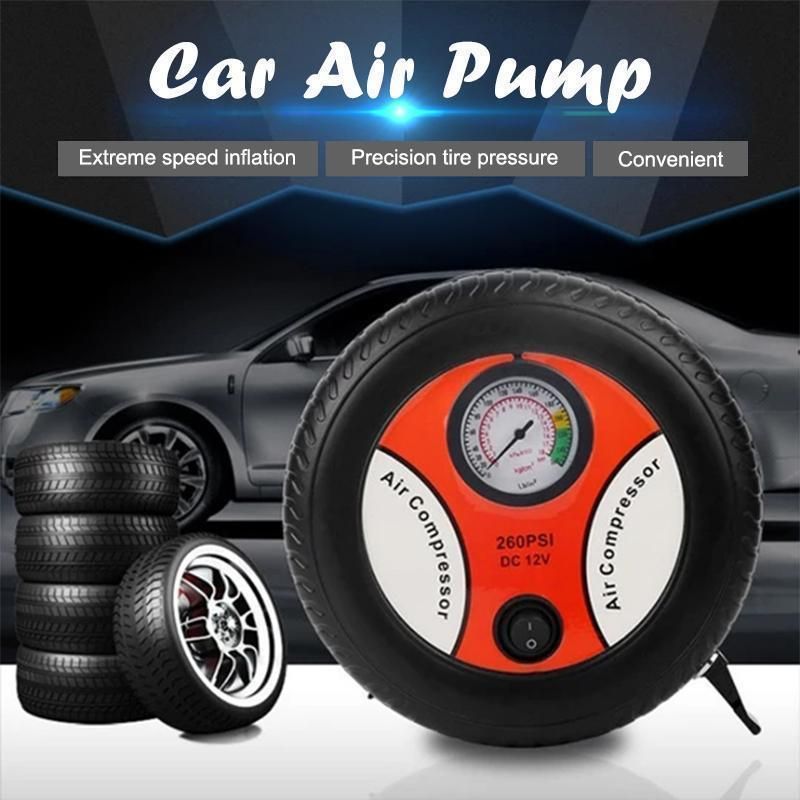 The pressure in a tire is monitored in pounds per square inch or PSI.
The pressure in a tire is monitored in pounds per square inch or PSI.
It is said that the suitable pressure ranges from 30 to 35 PSI. Losing five PSI can be noteworthy. If force is not remedied, it can cause complications.
Yes, because driving with overinflated tires can be harmful to your vehicle and dangerous to you. Driving on overinflated tires can result in a variety of problems. Most importantly, overinflated tires are more likely to blow out.
A blown tire can cause you to lose control of your vehicle and reduce braking distance. As a result, it could put you and others on the road in danger. In addition, overinflated tires may jeopardize some of your car’s driver assistance functions, such as the anti-lock braking system and other safety features.
Because your wheels bear the entire weight of your vehicle, if you leave it in a single stationary position, your tires will quickly become deflated, flat, rotten, or warped. While inflating the tires can help, it is not always safe to drive on tires that have been sitting in the garage for an extended period.
While inflating the tires can help, it is not always safe to drive on tires that have been sitting in the garage for an extended period.
When your car is parked and unoccupied, the area of the tire that is in contact with the surface can become rigorous. After your car has been stationed for several days, weeks, or months, you will notice a vehicle disruption or change in velocity within the first few hours of driving. Flat spots degrade tire features and can be risky because one or perhaps more low tires can induce a shimmy or harmonic motion, making steering difficult.
In summary, your car’s tires are its only connection to the road. Proper control of your wheels will save you fuel costs and provide you and your family with a smoother, safer ride. And, because keeping your tires is critical to your safety and the overall performance of your vehicle, you should understand what tire pressure is appropriate for your vehicle.
The preferred tire pressure is the best tire pressure for your vehicle’s tires.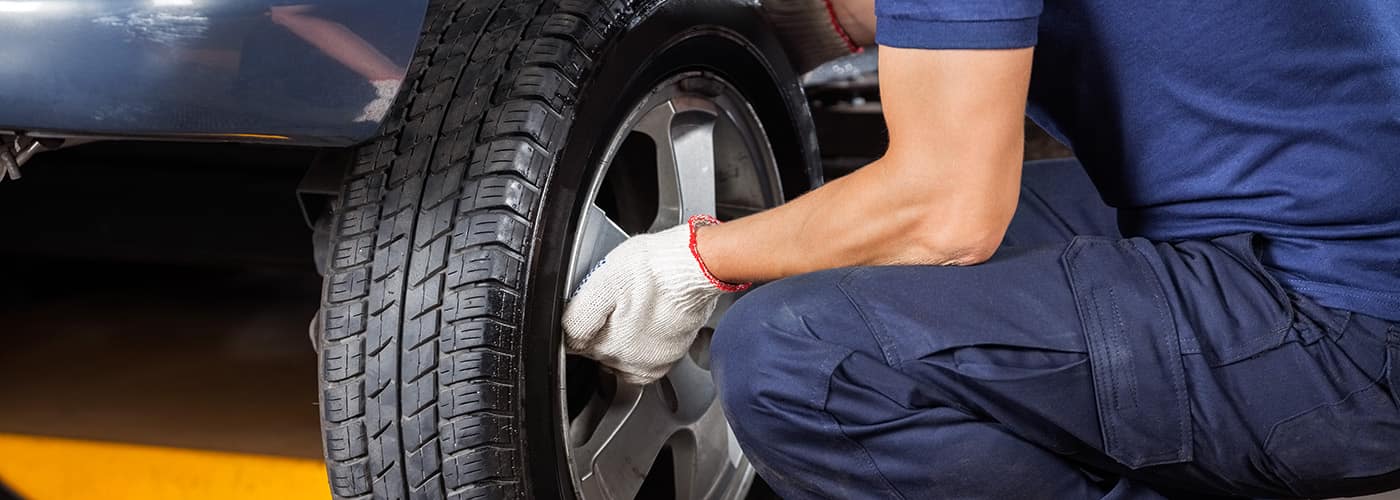 The manufacturer calculates it based on your vehicle’s total weight and size, roadside assistance and cargo capacity, and suggested tire size. Adhering to this number will make an ideal efficiency out of your tires while also extending their lifespan.
The manufacturer calculates it based on your vehicle’s total weight and size, roadside assistance and cargo capacity, and suggested tire size. Adhering to this number will make an ideal efficiency out of your tires while also extending their lifespan.
Checking tire pressures and inflating them as needed is one of the most overlooked routine car maintenance tasks. However, don’t undervalue the significance of proper tire inflation. Maintaining your rims at the manufacturer’s recommended tire pressure is crucial to supporting you safe as possible and getting the most out of your tires.
Also Read:
Image credits – Canva
Alina Deeva
8 years cannot buy a compressor
Author profile
Tire pressure is most often looked at when there are obvious problems and the car cannot be driven.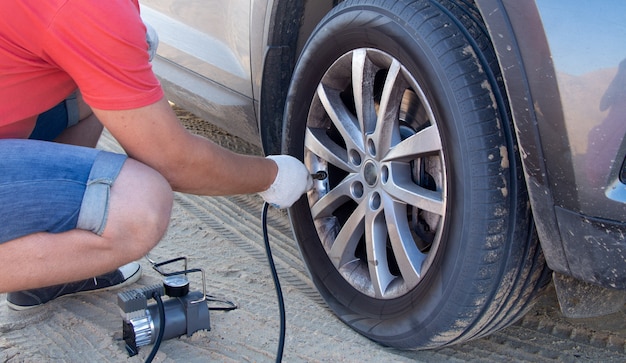
Nevertheless, everything is much more complicated: how the car will behave on the road depends on the pressure, how often the suspension will have to be repaired, the rims corrected and the tires changed. The more attentive the driver is to tire pressure, the less he spends on car maintenance.
Tire pressure can be normal, under or over.
At normal pressure , the tire is in contact with the road surface evenly throughout the entire tread pattern. When turning, the contact patch may change, but on a flat surface when moving straight, it does not change. Contact patch - the bearing surface of the wheel, the part of the tire that comes into contact with the road surface.
When the tire pressure is low, the contact patch is shifted to its sidewalls. The wheel rests on the side surfaces, while the central part collapses. Here are the main consequences of insufficient tire pressure:
With overpressure , the contact patch moves to the center of the tire, the side surfaces of the wheel do not come into contact with the coating. This also causes premature tire wear. That's why it's bad:
/guide/rezina/
How to choose tires for a car or crossover
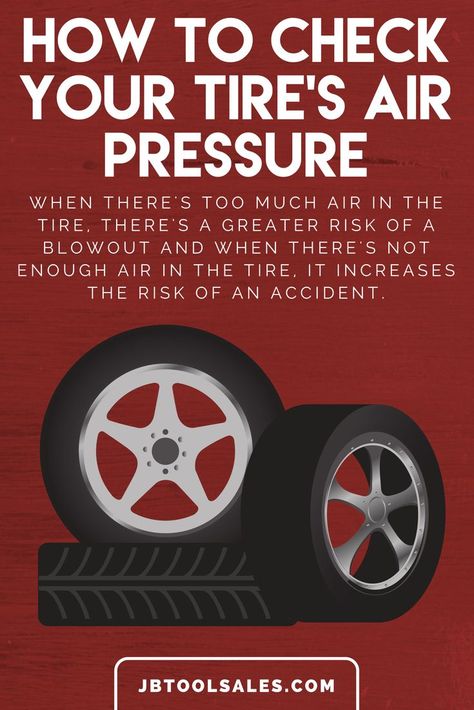
Different tire pressures is another variation from the norm. In this case, all four tires will wear out differently. In addition to the consequences already listed, the car can drift to the side of the wheels with the least pressure. According to the recommendations of manufacturers and specialists, the pressure should be the same in tires for wheels of the same axle.
Normal pressure in passenger car tires is in the range of 1.9-2.5 bar. But each manufacturer has its own standards. On the Internet, it is quite easy to find summary tables with such standards for almost all makes and models of cars. But it is difficult to understand when the information is reliable: on the official websites of automakers or tire manufacturers, this data is usually not available, and where third-party sites got it from is unknown.
But it is difficult to understand when the information is reliable: on the official websites of automakers or tire manufacturers, this data is usually not available, and where third-party sites got it from is unknown.
In addition to tables with manufacturer's standards, there are also average normal values for wheels of different sizes. But it is better to adhere to official recommendations, especially since they can almost always be found on the car itself.
/guide/shina-s-probegom/
How to buy used tires for a passenger car
If you have a car manual, you can search for tire pressure standards in it. There is also information on the car itself. Here's where she might be:
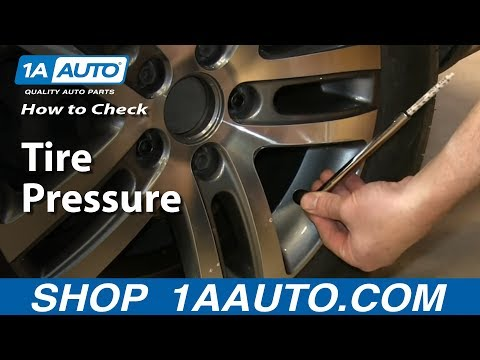 Follow the link for a table and recommendations.
Follow the link for a table and recommendations. Another way to find out what pressure should be in your car's tires is to use various pressure calculation calculators. It is enough to select the make, model and year of manufacture of the car to get the recommended axle pressure. Some services provide a choice of season and weight - the standards will vary.
The pressure value is also applied to the tire itself. Usually it is specified separately from the dimensions in psi - pounds per square inch. But this indicator cannot be used as a normative one: it indicates the maximum allowable pressure that a tire can withstand. If you inflate the wheels to this pressure, they will most likely burst.
But this indicator cannot be used as a normative one: it indicates the maximum allowable pressure that a tire can withstand. If you inflate the wheels to this pressure, they will most likely burst.
When using a car regularly, it is important to measure tire pressure at least once or twice a month, and preferably once a week. Be sure to do this before a long trip, after a long stop and with a sharp change in temperature. After changing seasonal tires, it will be useful to check the pressure after about 100 km of run.
You can measure tire pressure yourself or at any tire shop: most likely, they won’t even take money from you.
To measure the pressure yourself, you will need a pressure gauge. Here's what they are:
Most often, the pressure scale on pressure gauges is made in bars, in Russia this particular unit of measurement is used. Sometimes a double scale is found on dial gauges, pressure is added in psi. 1 bar is 14.5 psi.
You can find similar tables for converting one value to another and use them.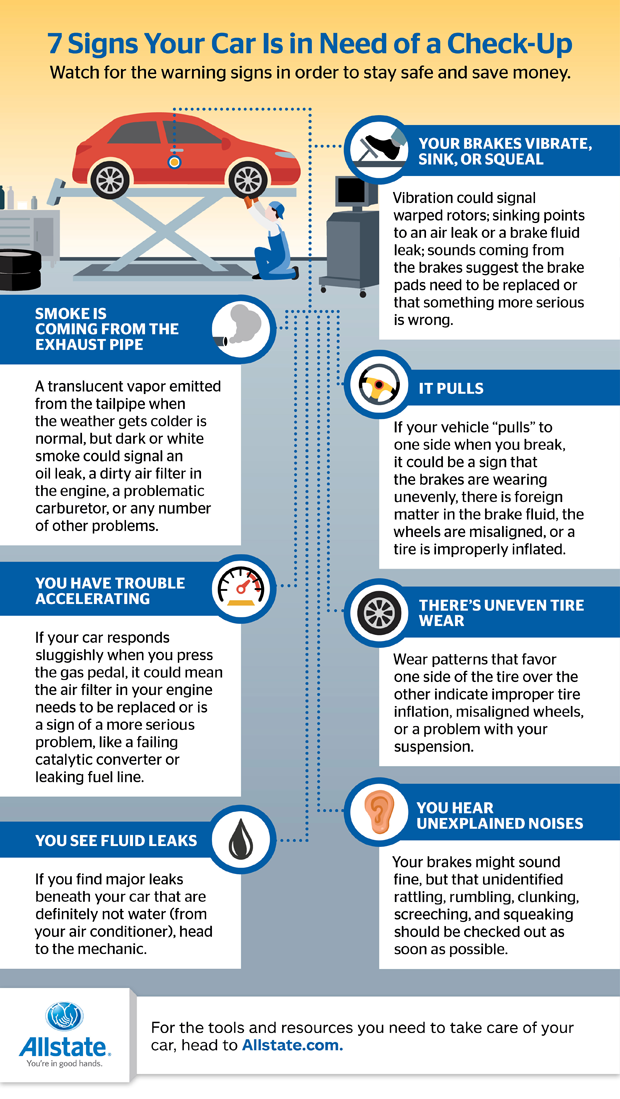 Here are generally all options for units of measurement and indications up to 4.0 bar. Source: pokrishka.ru Another way to convert the pressure value from one unit to another is to use any online converter. Source: google.com
Here are generally all options for units of measurement and indications up to 4.0 bar. Source: pokrishka.ru Another way to convert the pressure value from one unit to another is to use any online converter. Source: google.com If you haven't bought your own pressure gauge yet, you can measure tire pressure at a gas station. Large gas stations, as a rule, are equipped with special points for tire inflation, where there are also pressure gauges. And there is also a pressure gauge on almost any compressor.
Modern cars have a tire pressure monitoring system. When it falls below the recommended rate, a corresponding icon appears on the on-board computer. This system is called the Tire Pressure Monitor System, TPMS.
If such a system is not available from the factory, you can purchase a similar one. It operates by analogy with the factory one: sensors are installed on the rims, and a control unit is installed in the passenger compartment, to which pressure and temperature readings from each of the wheels are constantly transmitted.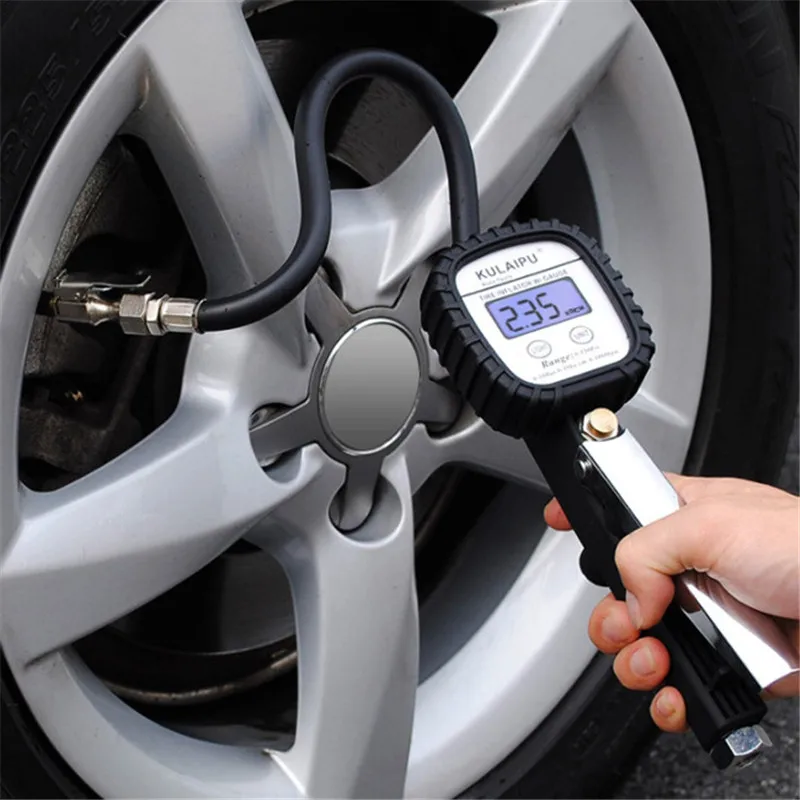 There are many options for different brands and models of cars, and the cost starts from about 2000 R. Often, sensors in such systems are installed instead of a nipple cap. They are larger, stick out a lot, so they are easy to damage when driving on bad roads or deep snow.
There are many options for different brands and models of cars, and the cost starts from about 2000 R. Often, sensors in such systems are installed instead of a nipple cap. They are larger, stick out a lot, so they are easy to damage when driving on bad roads or deep snow.
/wtf/bezkoles/
How online tire shops cheat car owners
Here's how tire pressure monitoring systems work.
According to ABS sensors. Analyzing the rotation speed of each of the wheels, the control unit will quickly realize that one of them has begun to rotate at a different speed, an indication will appear on the instrument panel. At the same time, there will be a pressure reset button in the cabin or in the on-board computer menu. It must be pressed after adjusting the pressure so that the control unit remembers the new readings.
According to the sensors in each of the wheels. The sensors are installed inside the tire under the rim nipple. The antenna captures their readings and displays them on the on-board computer screen, the data can be monitored in real time: in the morning, after overnight parking or when driving on the highway in hot weather.
The antenna captures their readings and displays them on the on-board computer screen, the data can be monitored in real time: in the morning, after overnight parking or when driving on the highway in hot weather.
Different car manufacturers have different sensors. For example, Volkswagen and Mercedes have no difference on which wheel which sensor is on: the system itself will determine and show the pressure correctly. But on Hyundai or Subaru, the sensors are located exactly where you need them: if you swap them, the readings will be displayed incorrectly, and the wheels on the on-board computer screen will be confused.
/list/lampochki-na-paneli-priborov/
How to correctly read the signs on the dashboard
A yellow exclamation mark in a tire cut across is the “Check tire pressure” sign. Photo: Smile Fight / Shutterstock Standard dial gauge. It usually has two scales and a reset button. Source: market.yandex.ru Mechanical pressure gauges are like a pen. These are hollow tubes with a drop-down scale. They are stronger than turnouts, but may be less accurate. Source: market.yandex.ru Electronic pressure gauge is the most modern and accurate. In addition to fixing readings and a reset button, it usually has a backlight. It is much more convenient to measure tire pressure in the dark in this way. Source: market.yandex.ru
These are hollow tubes with a drop-down scale. They are stronger than turnouts, but may be less accurate. Source: market.yandex.ru Electronic pressure gauge is the most modern and accurate. In addition to fixing readings and a reset button, it usually has a backlight. It is much more convenient to measure tire pressure in the dark in this way. Source: market.yandex.ru To measure tire pressure, you need to unscrew the cap on the nipple, reset the pressure gauge and install it on the valve. The readings obtained are compared with the recommended norms and, if necessary, the pressure is adjusted. It is important to measure the pressure on each wheel, and the tires must be "cold": the car needs to stand for at least a few hours.
If the pressure is below normal, the wheel must be pumped up with a compressor from the cigarette lighter, a foot pump or a stationary compressor at a gas station or tire shop. Almost each of these devices also has a pressure gauge, so you don’t have to use a separate one.
/list/mashina-vsegda-gotova/
6 habits that will help you avoid ridiculous car troubles
High blood pressure is not a problem either. It is enough to press on the spool in the nipple and bleed off excess air.
At the very end of the procedures, it is important to screw the cap on each nipple.
Almost every major gas station has a similar tire inflation machineThe tire pressure of a car does not always have to be the same. Its normal value may change under the influence of various factors.
Season. In summer, due to the high temperature, the air in the tires expands, the pressure becomes higher. And if you move on hot asphalt, then the indicator will increase even more. Therefore, in summer it is especially important not to pump the wheels and check the pressure on well-cooled tires.
In winter, when the temperature drops, the pressure level in the tires, on the contrary, drops.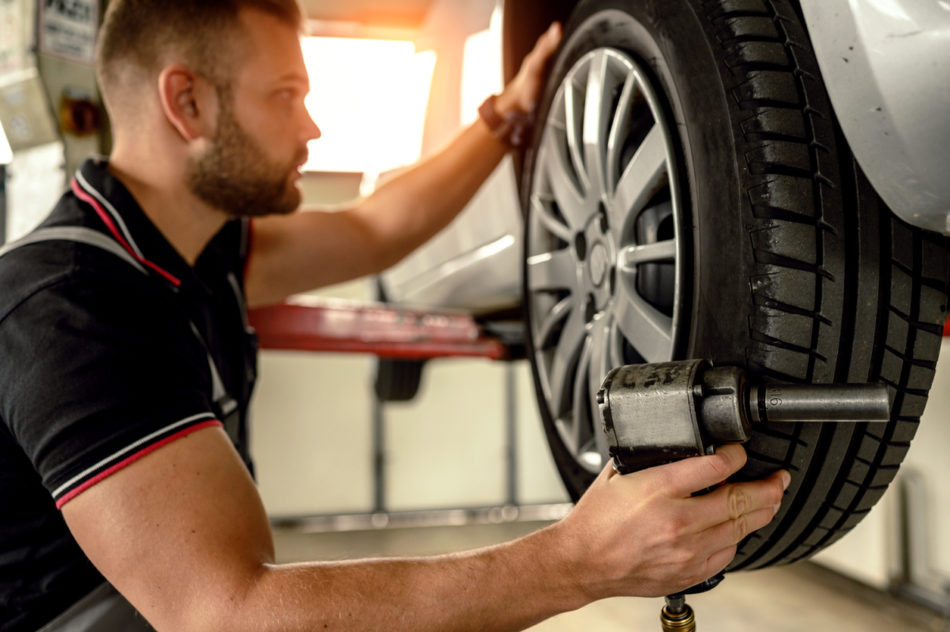 Not critical, but it is worth considering when pumping up the wheels. In this case, the pressure should be measured only after the car has stood still in the open air for at least a couple of hours. In winter, it makes sense to pump over the wheels by 0.2 bar.
Not critical, but it is worth considering when pumping up the wheels. In this case, the pressure should be measured only after the car has stood still in the open air for at least a couple of hours. In winter, it makes sense to pump over the wheels by 0.2 bar.
Car loading. The pressure standards for different car loads are usually already indicated by the manufacturer on the same stickers. The principle is simple: when the load increases, you need to increase the pressure at the wheels on the rear axle.
/guide/pricep/
How to drive a car with a trailer
As an example, using the online calculator: for the Volkswagen Polo 1.2 TSI, the recommended tire pressure without load in summer is 1.9 bar on both axles. Source: ka4nikoleso.info And now the same car, but instead of summer they chose winter, the recommendations have changed. The tire pressure rate on the front axle has become 2.0 bar, and on the rear axle - 2. 2 bar. If you experiment with load switches, you can see that for a loaded machine, the recommended rates also increase
2 bar. If you experiment with load switches, you can see that for a loaded machine, the recommended rates also increase Coating condition. On off-road, especially on loose earth or sand, you need to bleed the pressure in the tires, even below 1.0 bar. The area of adhesion to the surface will increase, and the car will become more passable. In loose, rough snow, this technique should also help. The main thing is to perform all maneuvers at low speed, without sudden movements. Otherwise, there is a risk of disassembling the wheel.
Speed and driving style. High speed, sharp turns, starts and stops heat up the tires more than during normal driving. This means that the pressure in them increases. That is, you should not pump over the wheels if you cannot change the driving style to a more relaxed one. This advice is also relevant for trips to the mountains. Long braking on descents, steep climbs and sharp turns affect tire pressure more than pressure reduction at altitude.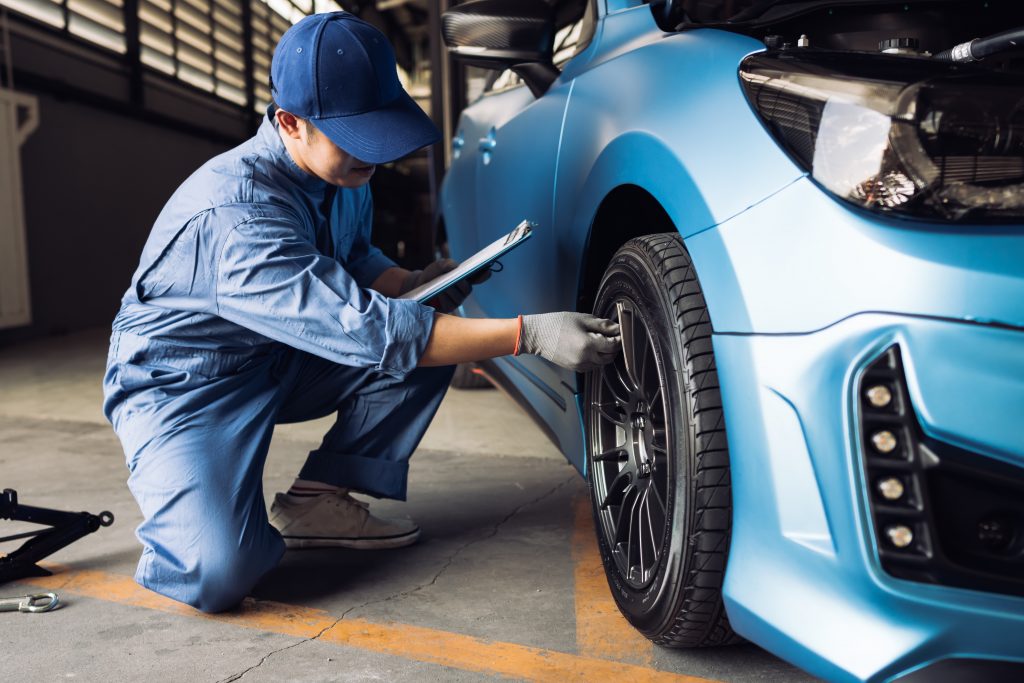
The standard recommended pressures will not work with custom size low profile tyres. You can focus on summary tables with pressure depending on tire sizes - they take into account different profile heights. You can choose the right pressure empirically. But it is best to seek the advice of specialists. Low profile tires are much more sensitive to incorrect pressure than standard tires.
/best-auto-2022/
Top 10 car articles of 2022
And one more important point: when monitoring tire pressure, it is important to remember about the spare wheel. For a full-size spare tire, the normal pressure will be the same as in the rest of the tires. But for rolling, a higher pressure is recommended - at the level of 4.2-4.5 bar. Roll-out - a spare wheel with a tire width less than the standard one, so the general pressure standards will not work. You need such a spare wheel to get to the nearest service, you can’t constantly ride it.

News that concerns everyone is in our telegram channel. Subscribe to keep abreast of what is happening: @tinkoffjournal.
With the correct air pressure, tires will run better, be more resistant to wear, and save fuel. The "correct" OEM tire pressure or tire sizes are specified by the vehicle manufacturer and may differ between front and rear tires. Check with your Toyo distributor or dealer to see if the replacement tires on your vehicle are the same size as the original tires.
Where can I find information about the correct pressure in the original tire?
You can find the recommended pressure on a label or sticker next to the door stop, in the glove box or on the fuel cap. If your vehicle does not have a decal, consult your owner's manual or the vehicle manufacturer, tire manufacturer, or tire dealer. The tire label informs you of the maximum vehicle load, cold tire pressure and tire size recommended by the vehicle manufacturer.
If you have any questions about how to properly check or adjust the air pressure in your tires, please consult a qualified tire dealer!
Using a Tire Gauge
Based on visual inspection alone, it is not possible to determine whether
is low or insufficient tire pressure.
Always use an accurate tire pressure gauge to determine tire pressure.
How often should the tire pressure be checked?
Tires naturally lose inflation pressure as a result of air leaking or passing through the pores in the tire. Fluctuations in outside temperature can affect the rate at which tire pressure is lost. Tire pressure can drop 1 psi (6.9kPa) due to natural leakage, and may also decrease by the same amount of 1 psi (6.9 kPa) for every 10 ˚F (5.6 ˚C) decrease in temperature. The combination of these factors can result in a significant reduction in tire pressure.
Check the tire pressure (including the spare tire) at least once a month or before a long trip. Tires should be checked cold (before they have run a mile). If more than a mile is to be driven, measure and record the under-inflation in each tire. Upon arrival at the service station, measure the pressure in each tire again and, if the pressure has increased, adjust the required air pressure. For example, if the cold pressure is to be 35 psi. inch, and was equal to 28 psi. inch, while the pressure is currently 33 psi. inch, you should inflate the tires to 40 psi. inch and check them again cold.
For example, if the cold pressure is to be 35 psi. inch, and was equal to 28 psi. inch, while the pressure is currently 33 psi. inch, you should inflate the tires to 40 psi. inch and check them again cold.
Air pressure allows the tire to carry the load, so correct pressure is critical to proper tire performance.
How does tire pressure decrease?
Tire pressure naturally decreases as a result of the permeation process. Changes in outside temperature can affect the rate of tire air loss. A similar change occurs more often in hot weather. Under-inflated tires generate excessive heat, which can damage the tire. The images below clearly show the amount of heat generated when driving with insufficient air pressure in the tire. Remember that underinflation is the main cause of tire failure, so check your tire pressure regularly.
Tips
! Never deflate or depressurize hot tyres. The pressure is characterized by its increase during the movement of the vehicle.
The pressure is characterized by its increase during the movement of the vehicle.
! Make sure all bus valves and extensions are capped with rubber seals to keep out dirt and moisture. When replacing a bar, always use a new stem assembly.
! Under-inflation or overloading causes overheating, which can cause a defect in the tire, which in turn can lead to vehicle breakdown and/or serious injury or death.
High and low tire pressure. Recommendations.
Possible consequences of low tire pressure:
Possible consequences of high tire pressure:
Recommendations:
